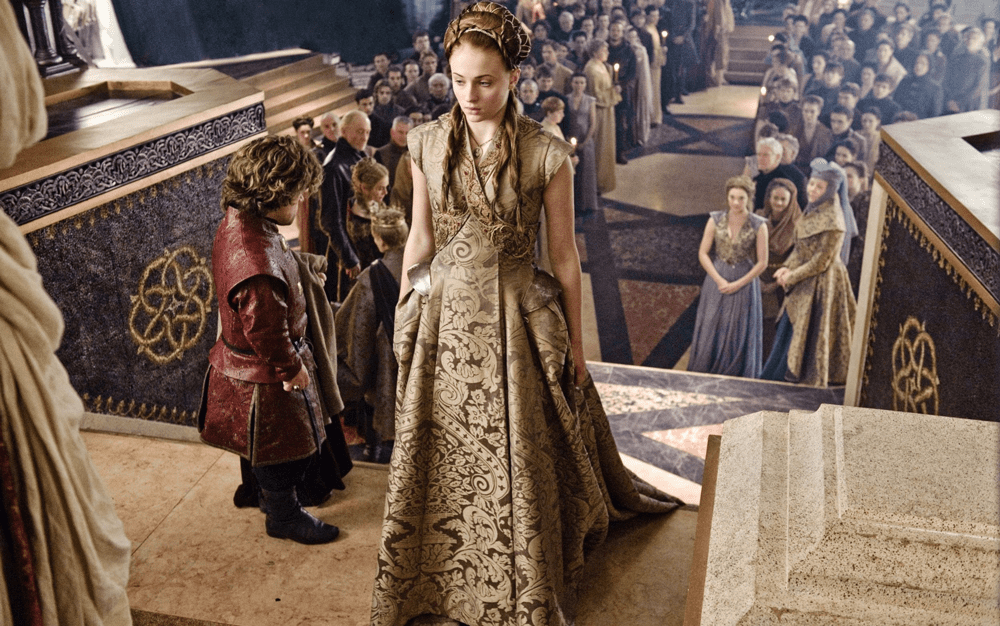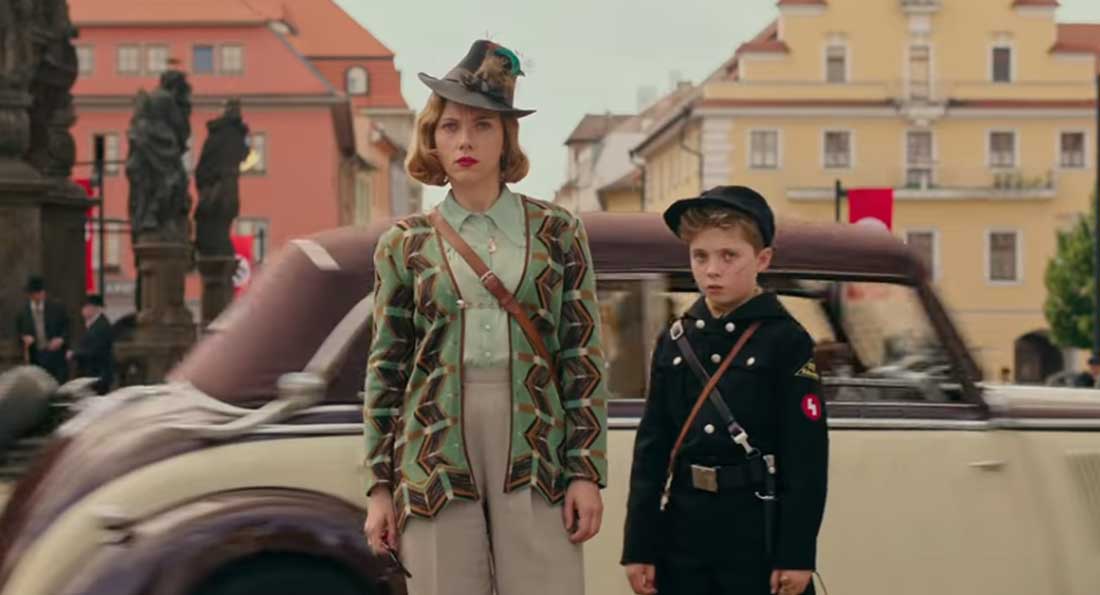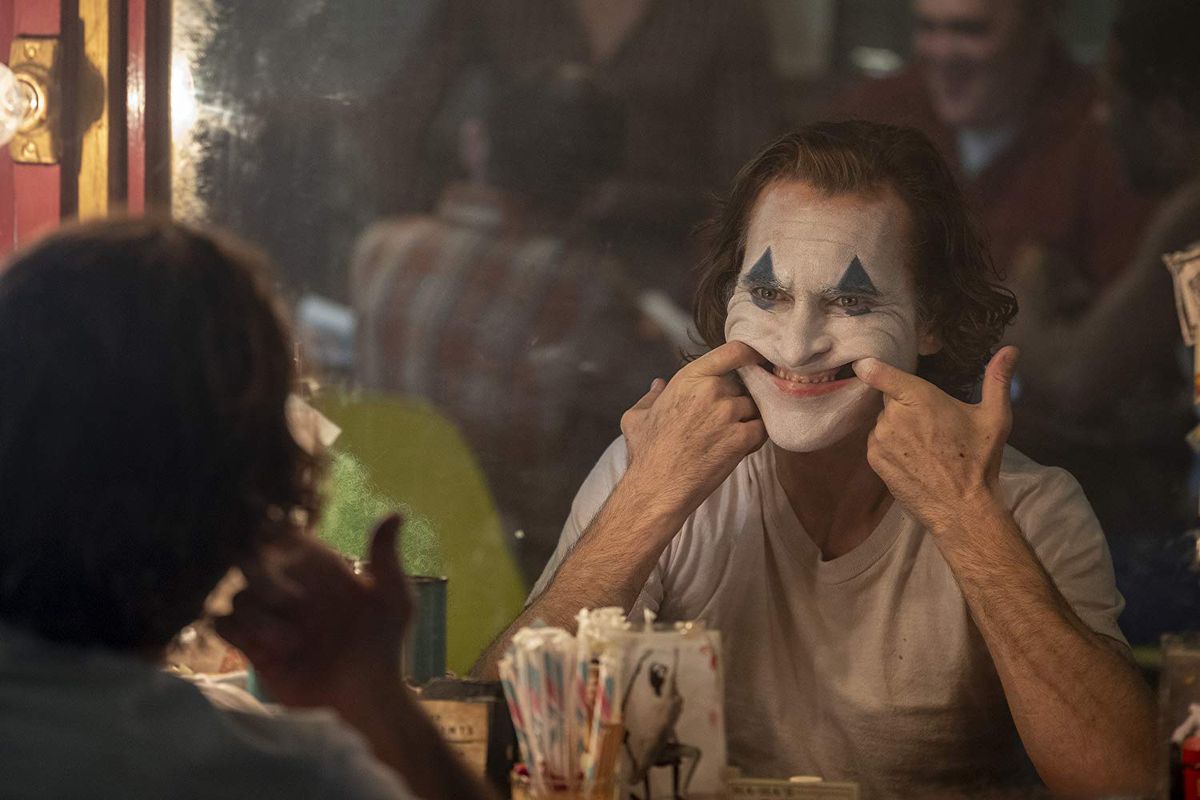A Breakdown of Award-worthy Costume Design
Secret Depths of Costume Design
You can’t judge a book by its cover, but when it comes to characters in costume, the same may not be true. Costume design can be harnessed as a powerful and multifaceted tool in film, hinting at a character’s secret depths, true feelings and motivations, bringing a whole new dimension to character development. It’s also used as a tool in developing the story itself, foreshadowing a character’s fate or part they’ll play as the story unfolds. Many filmmakers utilize costume design to round out a character or submerge the viewer in a specific time or place, but the below productions highlight how it can be used much more intelligently, weaving story and costume design together in a lowkey and deliberate way that’s simply a treat for the viewer.

Game of Thrones
Symbolism in Costume Design
Let’s be honest, we could go on for ages about the symbolism and intricacies of the costumes in Game of Thrones. Michele Clapton, the harrowed costume designer for the show, has specifically said that the costume department “tr(ies) to be really symbolic about everything everyone wears”, and as we know, this show has more than just a couple characters, and all are dressed in thoughtfully designed wardrobe. It’s evident how Brynden Tully (the Blackfish) is dressed in black leather fish scales incorporated, while Daenaryers the Mother of Dragons’ pieces often dons details resembling dragon scales. The evolution of her costumes alone is brilliant. She begins season one in soft chiffon with loose hair, and as she gains power she exchanges the chiffon for leather, her braid becoming more and more intricate as her army grows and she nears the throne.
The symbolism Clapton incorporated in his costumes extends to accessories, telling a deep and intimate story. Sansa Stark, who begins as a sheltered and privileged lady, and over time becomes a victim and then returns to safety with a new power in-tow, began wearing a necklace in season 4 that is brimming with meaning. Clapton explained “I use circles as they represent a positive emotional message of harmony and protection. The circle is often used to represent unity and commitment, they are associated with women’s strength… they also represent community…the chain represents her sense of imprisonment and the needle is her link to the strength of her sister that she previously didn’t understand.” Sansa’s relationship with her sister Arya was rocky, at best. But the needle at the end of her necklace is a nod to Arya’s sword (named Needle) hinting that the two would be future allies and in harmony. The needle at the end of Sansa’s necklace is not only a link to her sister, but it is in fact a weapon that she wears as an accessory to arm herself. Clapton elaborated “I was trying to grasp all that has happened to Sansa, all the hurt and abuse and frustration, and trying to understand how she would express this yet appear strong.” Remembering all the times that Sansa has been stripped and abused, whether by Joffrey in court or by Ramsay in Winterfell, she has now armed herself, showing her deep pain but also her new strength and continued resilience. With so much meaning and personal history held in the design of a single necklace, it’s hard to imagine the wealth of story intentionally incorporated in the vast costume design of the entire show.

JoJo Rabbit
Costume Design Shifts in 3 Acts
Costume designer Mayes Rubeo and director Taika Waititi were deliberate in not creating another drab war movie, and so incorporated vibrant colors. Their reasoning was twofold—first, the film is from a child’s memory, and so the use of color and patterns would bring life and spirit to reflect all the vibrancy of a child’s memory. Secondly, Rubeo was intentional in dressing Rosie (Scarlett Johansson) in colorful clothing, cueing to the audience that she was the character of hope in the film.
Rubeo also used costumes to signal the deterioration of Hitler (played by director Taika Waititi) in Jojo’s (Roman Griffin Davis) mind and heart, separating this decline into three separate acts. First, when Hitler is Jojo’s imaginary best friend, second when Jojo meets Elsa and begins to question the beliefs of the 3rd Reich, and third when he rejects them both and embraces love and acceptance. As these three acts play out, Hitler’s appearance transitions from trim and brighter hues, to untidiness and more muted colors. These small yet intentional shifts in wardrobe give the viewer a deeper glimpse into the struggle and change of the protagonist’s heart.

The Joker
Masterful Costume Design Illustrates Mental Decline
Todd Phillips’ The Joker is truly a dark and serious story of the creation of a villain. The transformation of mentally ill Arthur Fleck (Joaquin Phoenix) into the Joker is heart-wrenching, and costume design is used to show the depths of Fleck as life continued to beat him down and pieces of Fleck were lost, and the Joker gained.
Costume designer Mark Bridges used wardrobe to intelligently illustrate the type of life that Fleck led. He no doubt had it rough—living with his mother, struggling with mental illness, mocked and beaten by society, and living at or below the poverty line. Bridges, inspired by vintage finds, was forced to recreate each vintage piece in multiples, as Phoenix had two body doubles in the film, and so much of the wardrobe was needed in sets of threes. This forced Bridges to be uniquely intentional about the wear and tear of the garments Fleck wore. He worked with artists to carefully dye and distress each piece, intent on capturing how Fleck was the type to have his laundry in a pile, uncared for. He wanted the fabric to clearly show that when it was washed, it all went in together along with his mother’s clothing, care instructions ignored. This lack of care is a signal to Fleck’s mental state, and perhaps also to the idea that Fleck received very little care himself. Bridges also chose pieces that were more popular in the ’70s such as bell bottoms, even though the film takes place in 1981.
Bridges dissects Fleck at the beginning of the film, “I think he starts out in a very juvenile mode. He’s schlumping around in his white socks and his little gold jacket, and still being a clown, which takes a little bit of joyful sense—just trying to make a buck, and live with his mom, and enjoy a TV dinner.” Yet, from Fleck, inevitably comes the Joker. And as the world continues to mistreat him and his medication changes, his wardrobe grows darker, signifying the darkness that’s growing within and gifting the audience with a visual transformation. Bridges elaborates “You see, as the world continues to abuse him, he goes darker in his colors. In his last interaction with the social worker, when he’s like, “I only have negative thoughts,” he’s in a charcoal sweater, and it’s taken a turn. Then, he goes to Arkham in a scab-colored knit top. It’s gotten darker. So hopefully, those choices of darker colors reflect what’s going on inside.” These small decisions created the look for a mentally-ill man who was living in the past and who received little care, masterfully adding to the creation of Fleck.
